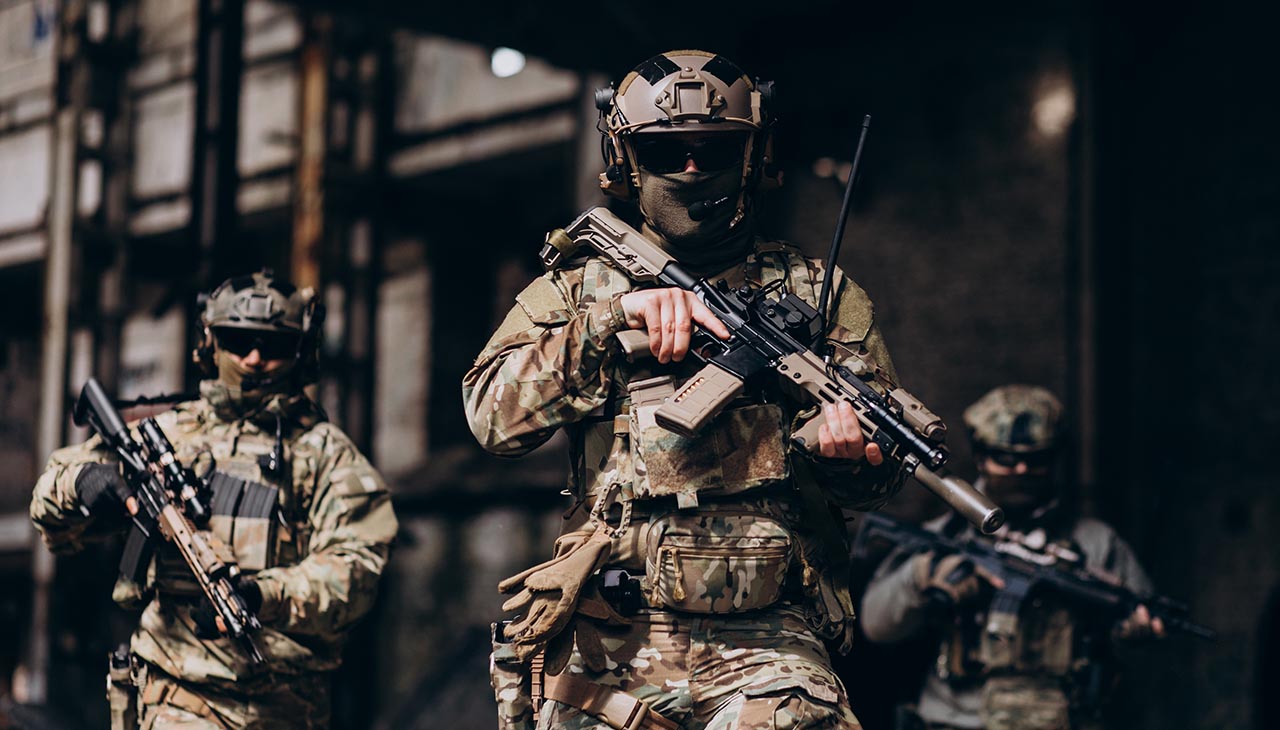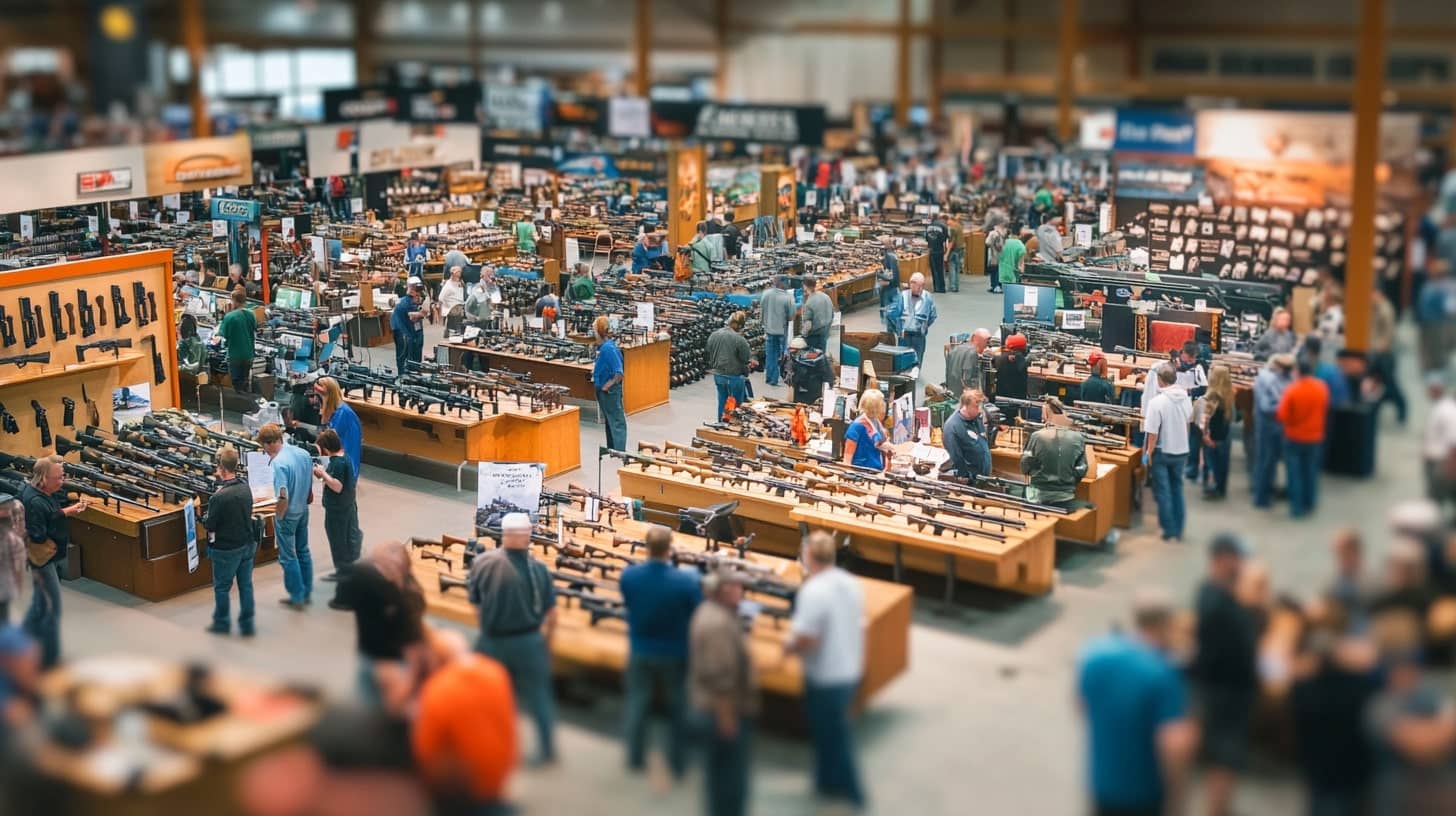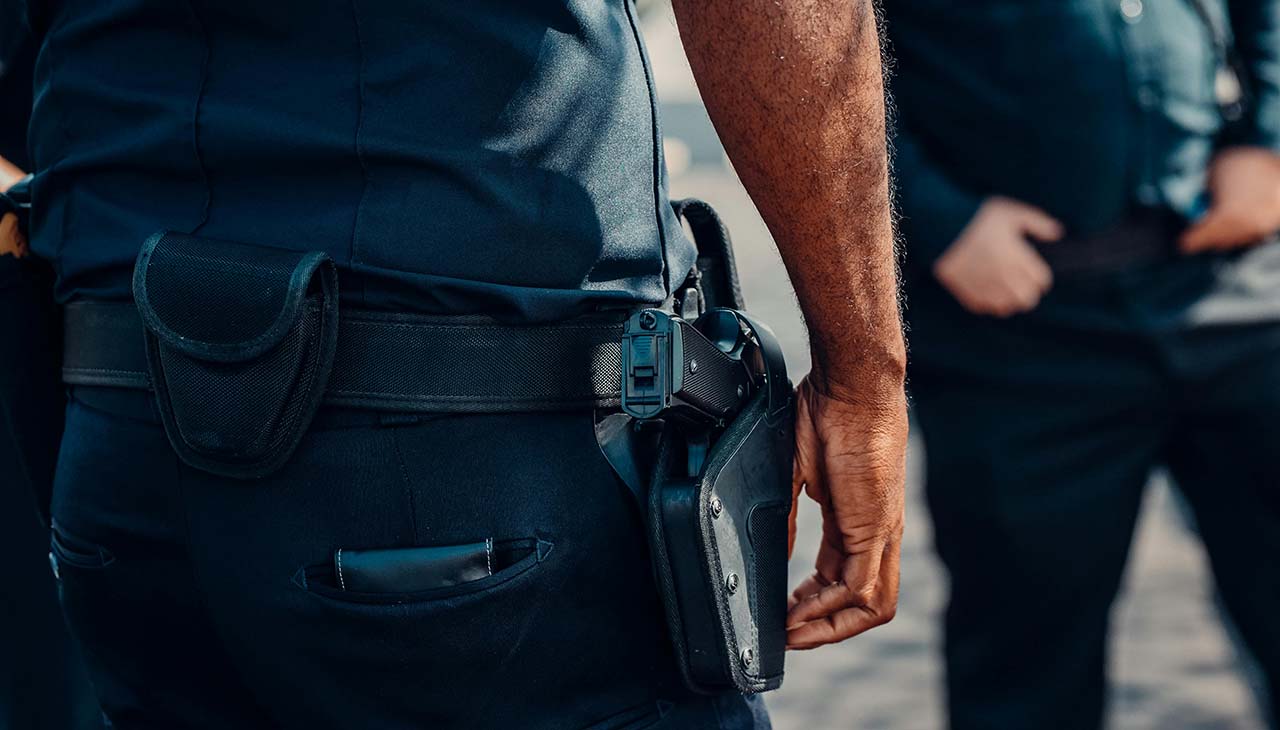
Firearms have undergone a remarkable evolution since their inception. What began as simple, manually-operated devices has transformed into sophisticated tools of precision and power. This journey through history is not just about the technological advancements but also about the shifting roles firearms have played in society, from military applications to sporting equipment. From the invention of black powder in ancient times to the latest advancements in smart gun technology, each era of development reflects a confluence of engineering, politics, and culture. As we delve into the past, let us explore how these instruments of force projection changed the world and revolutionized the art of warfare and personal defense.
Early Firearms
The Invention of Gunpowder and Its Impact
The true game-changer in the history of firearms was the invention of gunpowder. This explosive compound, originating in China, laid the groundwork for a drastic shift in military strategy and combat. The compatibility of gunpowder with portable arms ushered in a new era of warfare and personal armament. As gunpowder spread through the Silk Road, it ignited a wave of innovation that led to the development of the first firearms.
Development of Early Firearms
The earliest firearms, such as hand cannons, were crude and cumbersome, but they demonstrated the potential of gunpowder as a propellant. By the 15th century, the matchlock mechanism improved the reliability and ease of use of firearms. These matchlocks enabled a user to hold the weapon with both hands, while a match cord ignited the powder charge. This innovation was a significant leap from the hand cannon, offering a greater degree of control and accuracy.
Historical Battles with Early Firearms
Early firearms began to assert their dominance on the battlefield in various historical conflicts. One notable example is the Battle of Agincourt in 1415, where the English utilized longbows, an early predecessor to firearms, to devastating effect against French knights. However, it was not until battles like the Siege of Orléans (1428-1429) that hand cannons began to make a marked difference in warfare. In later engagements, such as the Battle of Pavia in 1525, firearms like the arquebus, an evolution of the matchlock, played a pivotal role in determining the outcome of the battle. These clashes not only showcased the lethal efficiency of early firearms but also marked the beginning of the end for traditional armored knights on the battlefield.
Revolutionary Advancements
Introduction of Flintlock Mechanisms
A seminal point in firearms development was the introduction of the flintlock mechanism in the 17th century. This innovative technology replaced the matchlock with a piece of flint that generated sparks to ignite the gunpowder, thereby improving the reliability and speed of firearms. The flintlock mechanism was a crucial advancement; it allowed for quicker firing rates and less vulnerability to weather conditions, making firearms more versatile and dependable on the battlefield.
Emergence of Muskets and Their Role in Warfare
The advent of the musket, a shoulder-fired gun with a flintlock mechanism, marked a significant milestone in military history. Muskets became the standard infantry weapon, used extensively in conflicts like the Thirty Years’ War and the Napoleonic Wars. Their ease of use, combined with the flintlock mechanism, meant that soldiers could be trained quickly in their operation, laying the foundations for the modern concept of a national army.
Impact of Firearms on Military Tactics and Strategy
The increased use and efficiency of firearms ignited a transformation in military tactics and strategy. The traditional heavy cavalry charges of knights became obsolete in the face of disciplined musket fire. Infantrymen, arranged in line formations, could deliver volleys of shots with devastating effect, leading to the rise of linear warfare tactics. The emphasis shifted toward volley fire, coordinated movements, and the strategic use of terrain. Warfare was no longer driven by the chivalric code but by the pragmatic and tactical application of firepower, altering the very nature of confrontations on the European continent and throughout the world.
Industrial Revolution and Beyond
The Rise of Rifles and Their Impact on Long-Range Combat
With the Industrial Revolution came precision engineering, culminating in the development of the rifle. Distinguished from muskets by the grooved bores within their barrels, rifles imparted a spin to the bullet, greatly increasing range and accuracy. This innovation fundamentally changed combat tactics, enabling sharpshooters and skirmishers to impact the battlefield from greater distances. The famed accuracy of rifles would shine in battles such as the American Civil War, where they rendered traditional line infantry tactics more hazardous and ultimately heralded the adoption of more dispersed and cover-based combat maneuvers.
Development of Revolvers and the Concept of Repeating Firearms
Concurrent with the refinement of rifles was the birth of the revolver, a firearm capable of firing multiple rounds without reloading. The revolver’s ingenious mechanism put increased firepower in the hands of the individual, revolutionizing personal defense and close combat. Notably, Samuel Colt’s patents in the 1830s took the concept of repeating arms a step further, offering reliable and rapid succession firing. This development paved the way for a future where a single soldier could deliver multiple shots in quick succession, a once-unthinkable combat capability that would significantly influence the outcomes of the conflicts to come.
Influence of Firearms on Exploration, Colonization, and the Shaping of Empires
Firearms, with their profound impact on combat and defense, also played a strategic role in the age of exploration and colonization. The superiority of European firearms technology facilitated the establishment and maintenance of colonies in the Americas, Africa, and Asia. The musket and later the rifle became symbols and tools of power, enabling small groups of colonists to exert control over larger populations and vast territories. The global spread of firearms was inextricably linked to the massive geopolitical shifts of the era, indelibly shaping the political map of the modern world and the destiny of nations for centuries.





